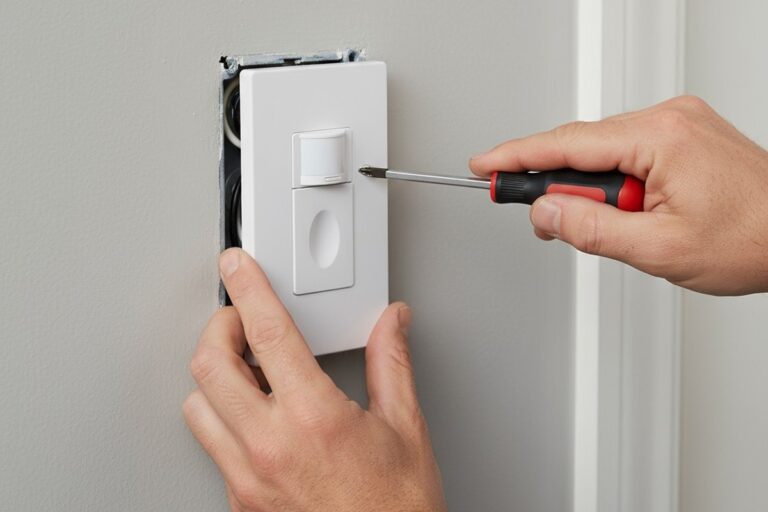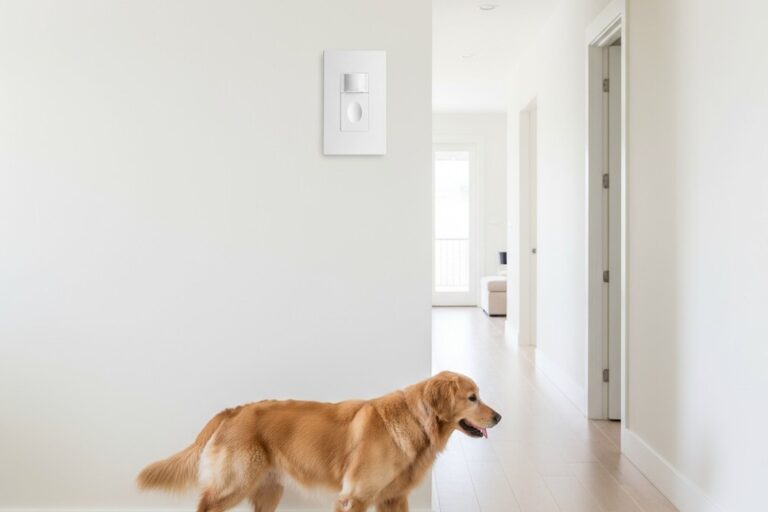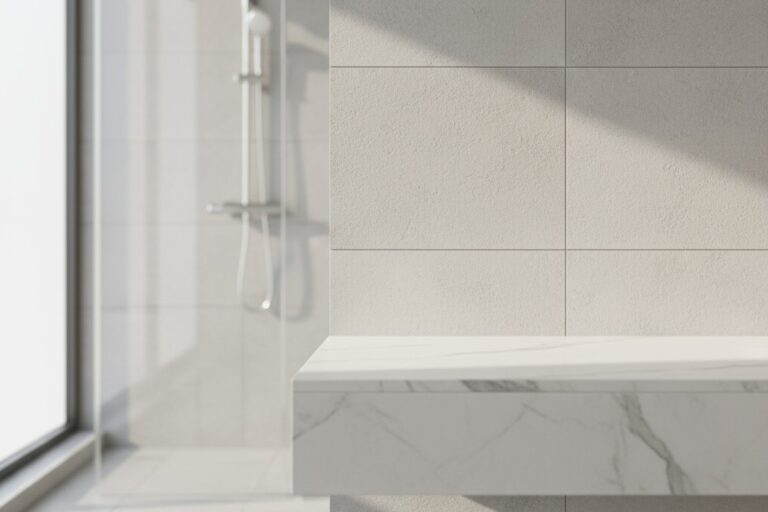
Resources
Access and download our latest support materials and guides, Razeek has got you covered from installation to troubleshooting.
Insight from Rayzeek
The latest sensor tech trends.

Stopping the Ghost-Running Bathroom Fan: Occupancy Sensing for Offices
A bathroom exhaust fan left running overnight in an empty office wastes energy and creates unnecessary noise. Manual switches fail due to a diffusion of responsibility. Occupancy sensors solve this by activating the fan only when the room is in use and running it for a set time afterward, ensuring proper ventilation without the constant waste.

Cats, Dogs, and Curtains: Designing Motion Control That Ignores Pets but Responds to People
Stop letting your pets trigger your smart home’s motion sensors. Instead of disabling your automation, learn how to solve the problem with simple, mechanical adjustments. By strategically shaping the sensor’s field of view, choosing the correct mounting height, and tuning sensitivity, you can create a system that reliably detects people while completely ignoring cats and dogs, making your smart home truly intelligent.

Small Business Energy Codes Without the Complexity: Stand-Alone Occupancy Control That Passes Inspections
Energy code compliance for lighting control doesn’t have to be complex or expensive for small businesses. This guide demystifies the requirements, showing how simple, stand-alone occupancy and vacancy sensors can satisfy inspectors without the need for networked building automation systems. Learn the room-by-room strategy to pass inspections easily and avoid costly rework.

Turning a Midscale Hotel Green with Rayzeek Occupancy Control
Midscale hotels can significantly reduce energy waste from lighting and HVAC in unoccupied corridors, back-of-house areas, and guest rooms by deploying stand-alone occupancy sensors. This practical guide outlines a phased, low-risk approach to implementation, focusing on autonomous control that delivers immediate savings without the complexity of networked systems, ensuring a rapid return on investment and a seamless guest experience.

PIR Sensors Are Enough for Most Rooms
While dual-technology sensors are often the default choice for occupancy detection, this is a costly misconception for most applications. In spaces like offices, homes, and retail stores, a properly tuned passive infrared (PIR) sensor provides more reliable performance with fewer false trips and a lower total cost, making it the superior choice for all but the most specialized environments.

How to Add a Motion Sensor Light Without Messing Up Your Bathroom Fan Timer
Adding a motion sensor light to a bathroom with a fan timer can create conflicting automation goals. Wiring them to the same control is a common mistake that leads to unreliable performance. The correct solution is to wire them independently, allowing the motion sensor to control only the light and the timer to control only the fan. This ensures both systems operate predictably without interfering with each other, preserving the fan’s purge cycle and the light’s energy-saving function.
